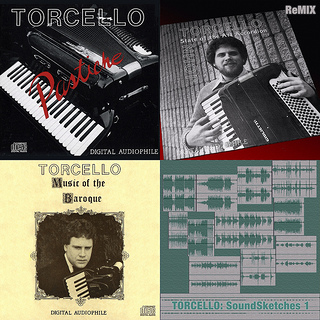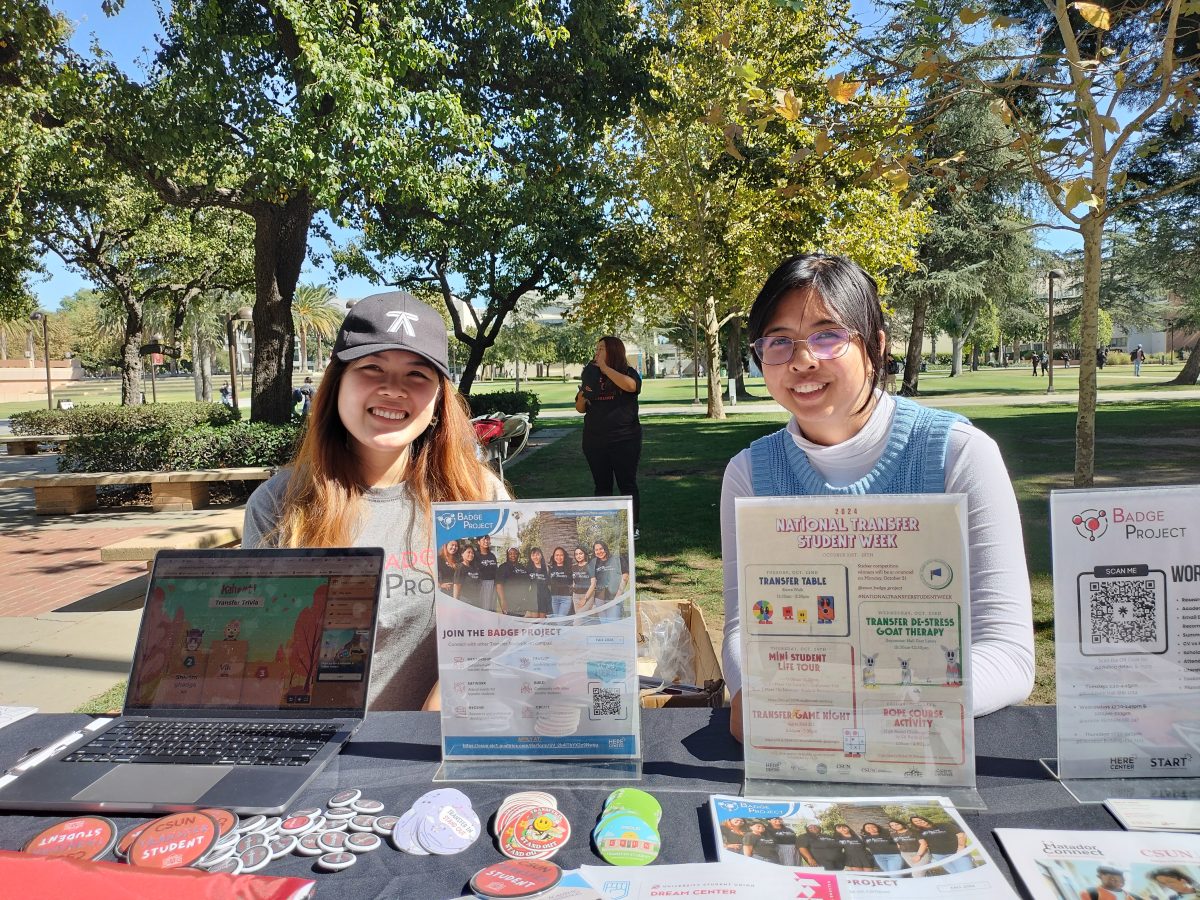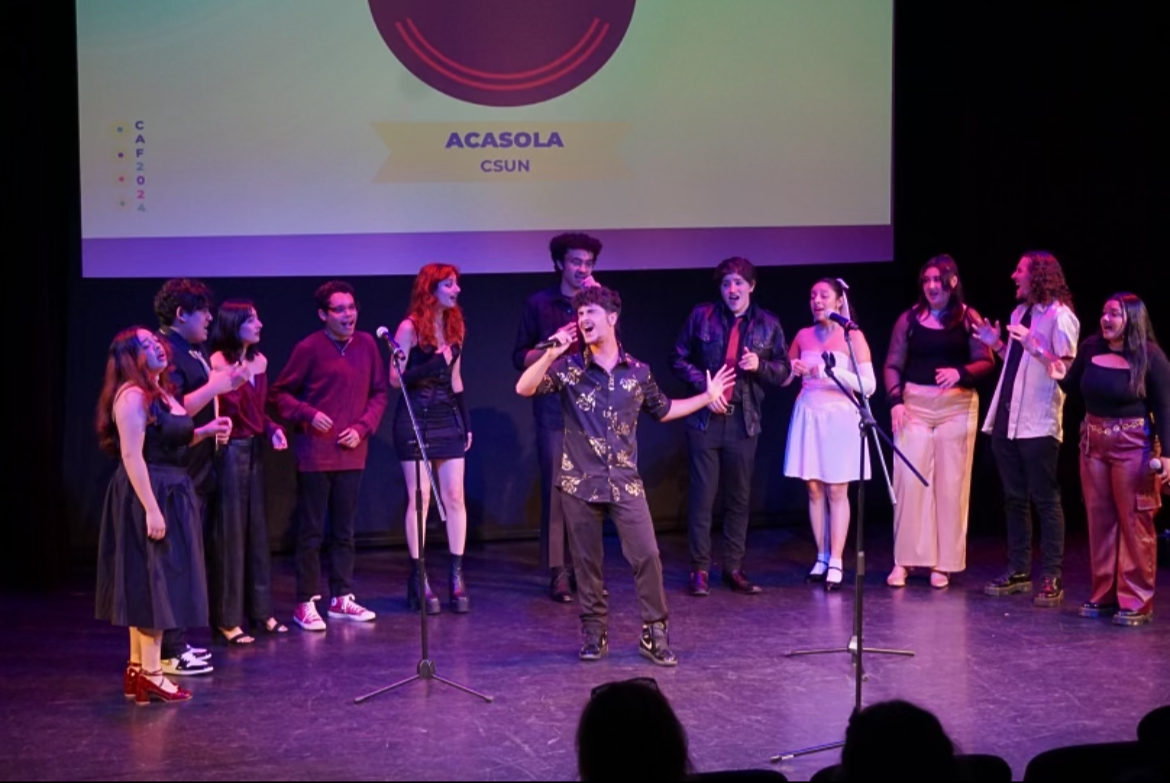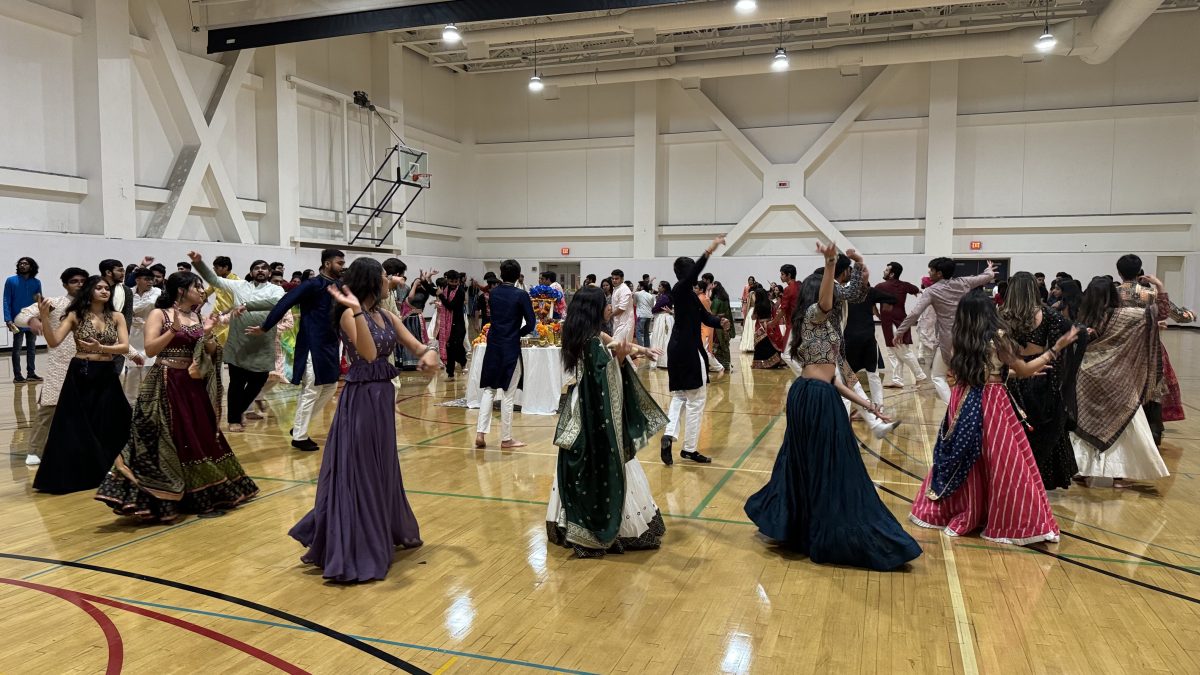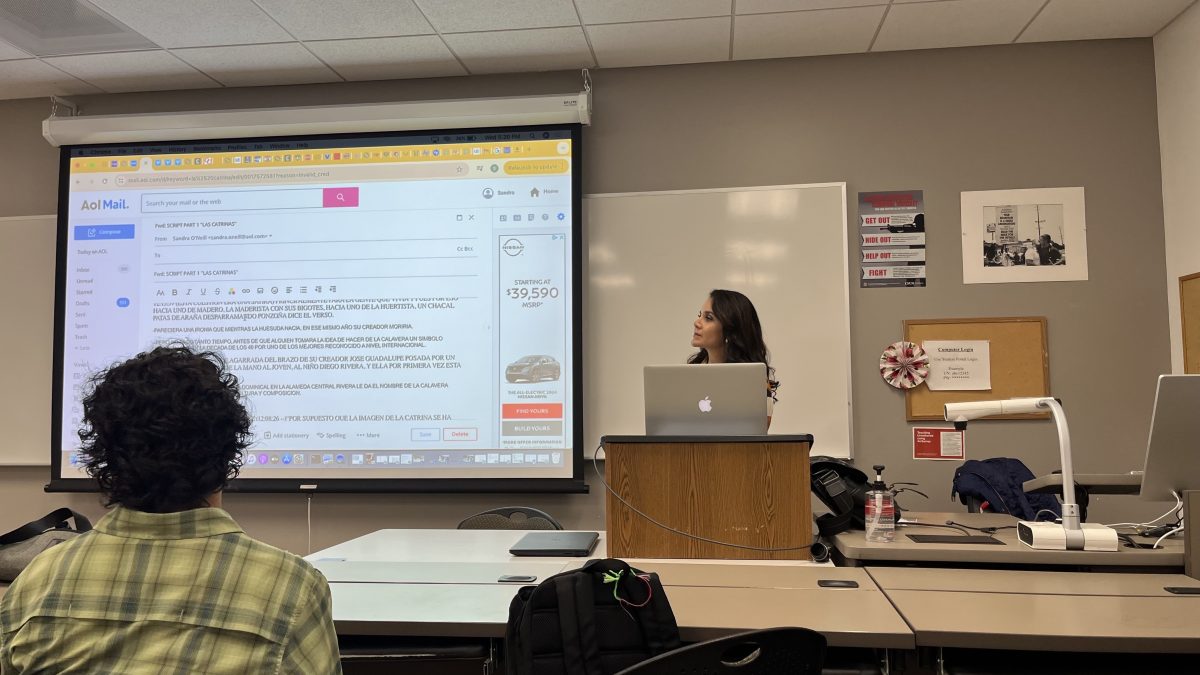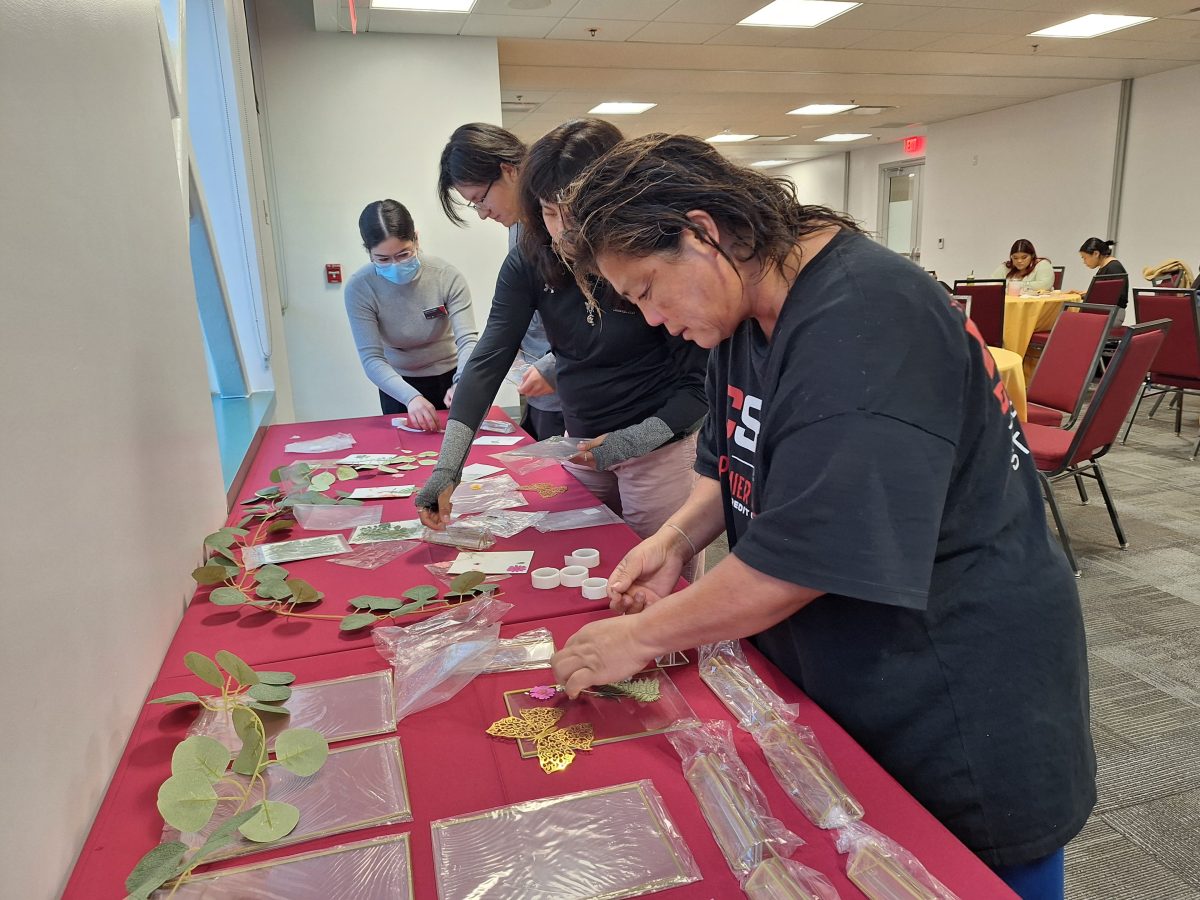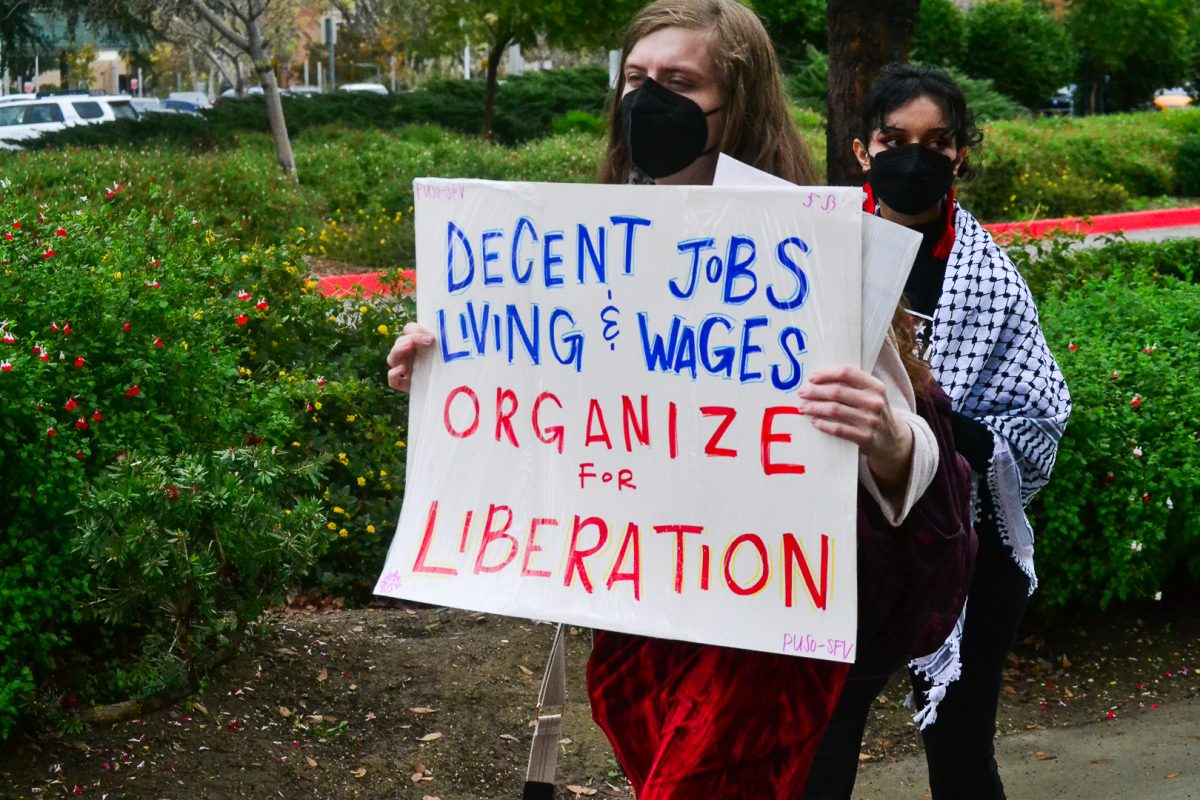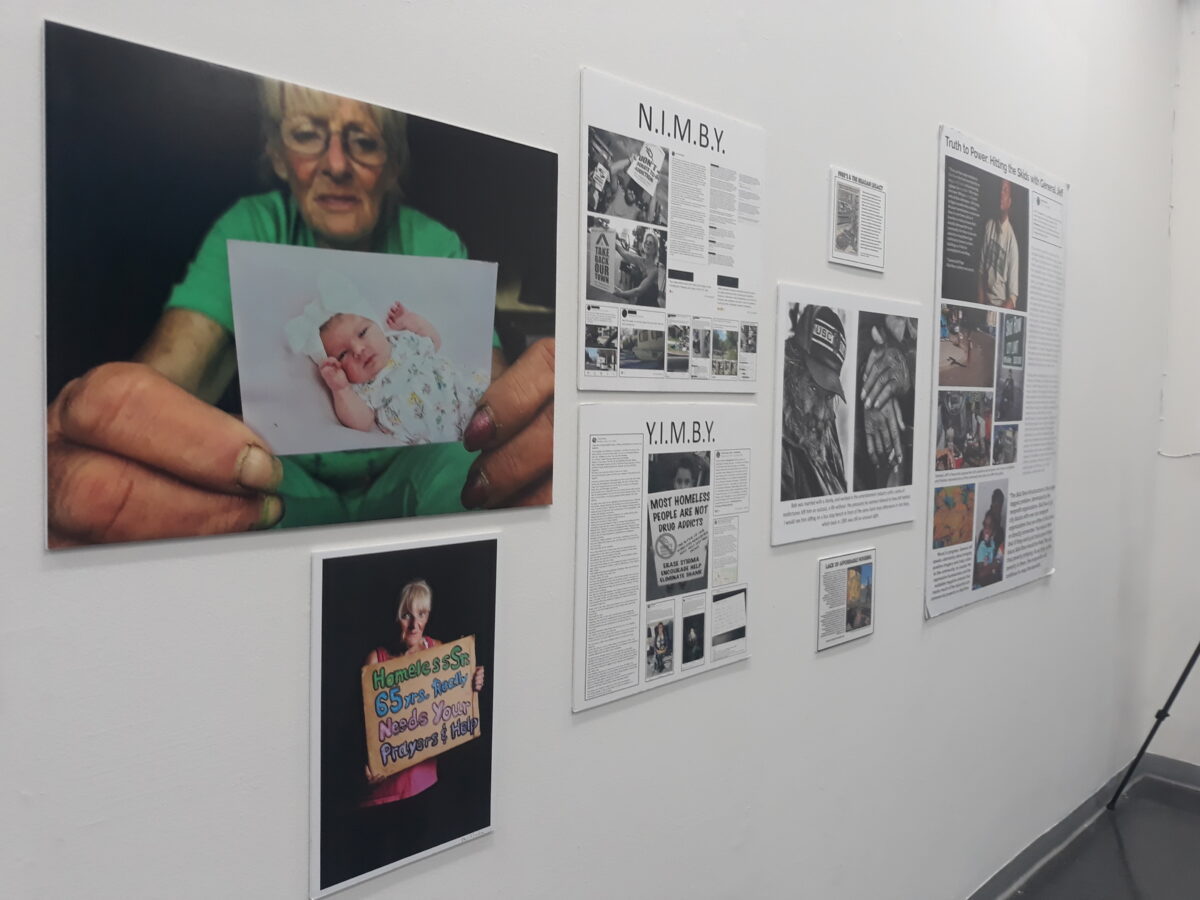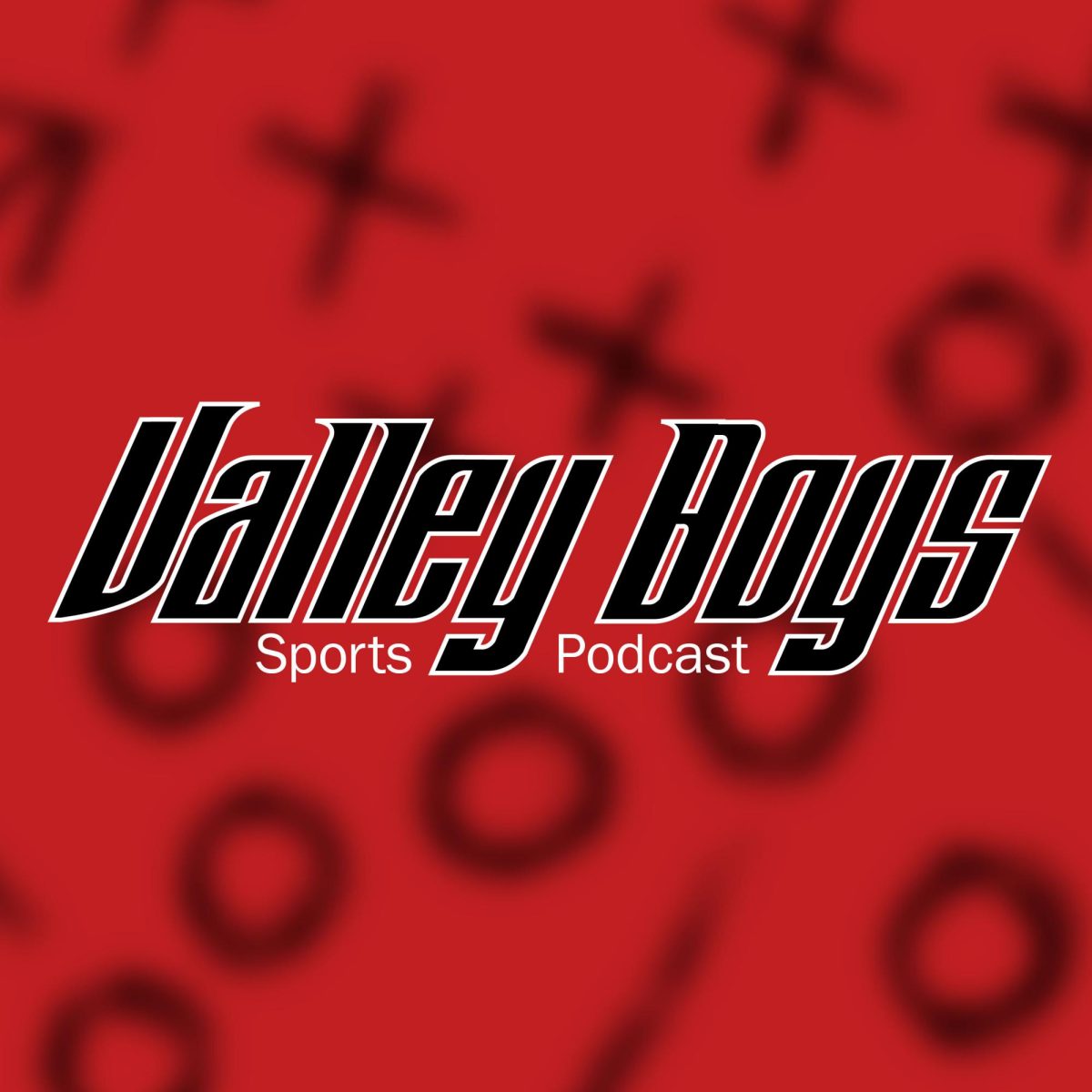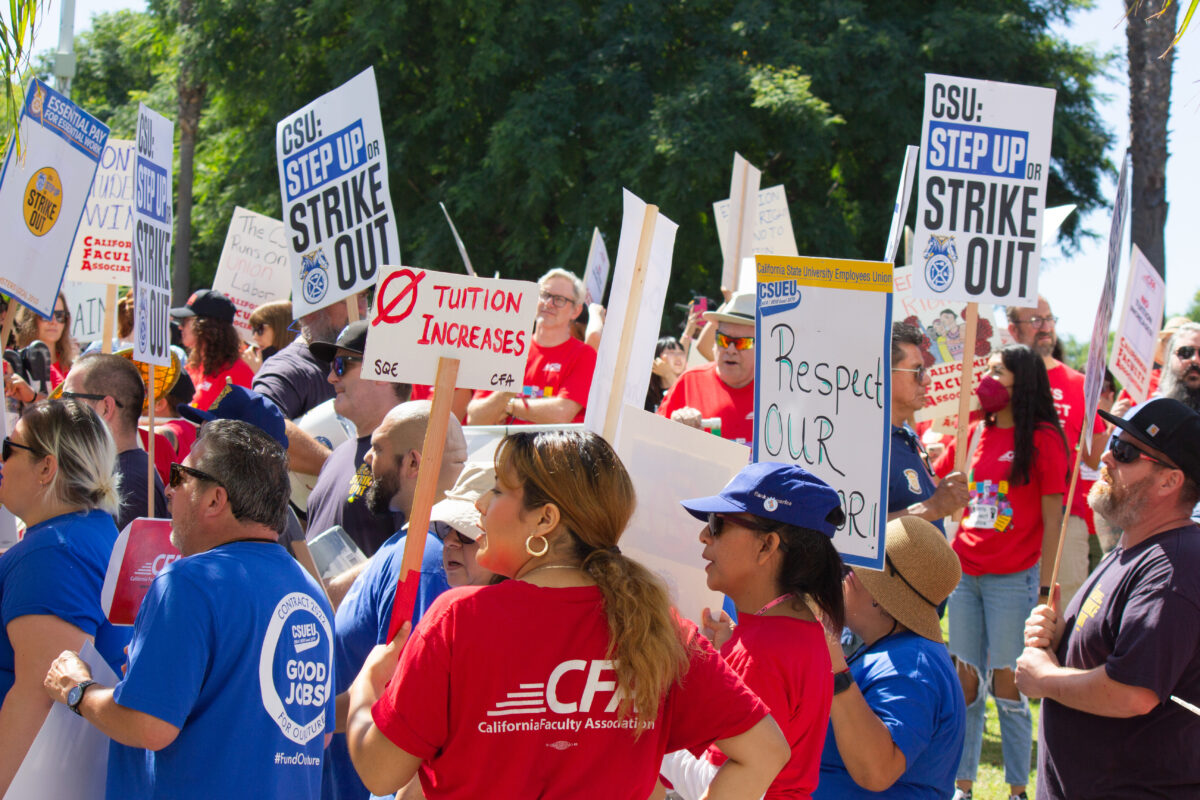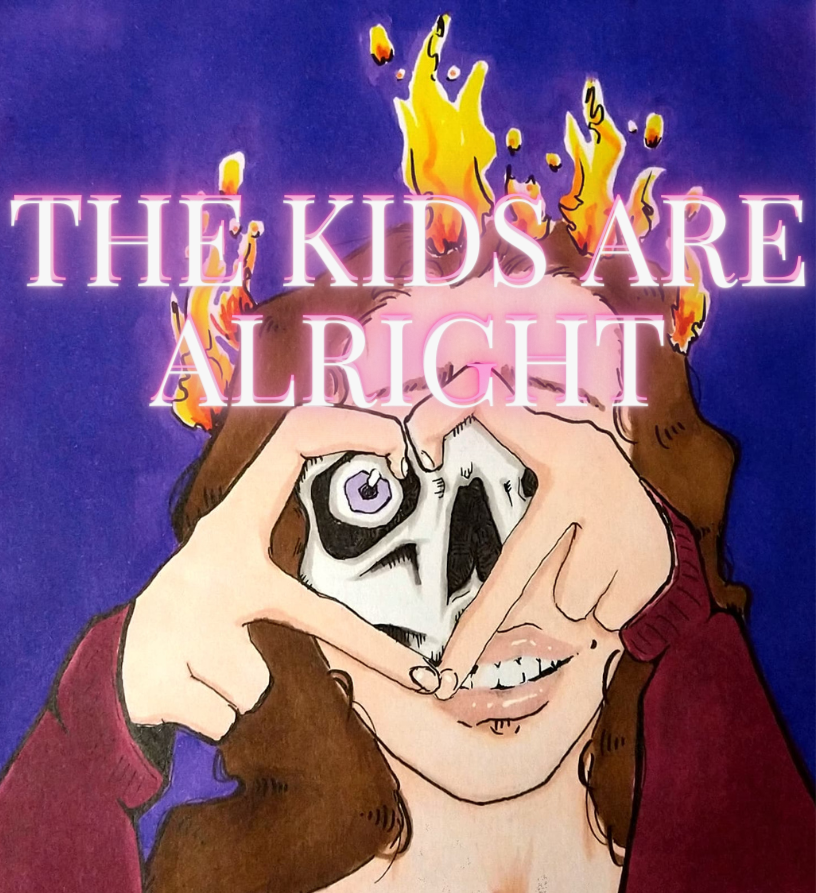Beginning to play the accordion at age 7, John Torcello went on to become an accomplished classical accordionist, playing venues including the Hollywood Bowl, Dorothy Chandler Music Center and the Walt Disney Concert Hall among others. Torcello often plays with orchestras including the Los Angeles Philharmonic.
The Daily Sundial spoke with Torcello about the accordion’s history, his experience playing under the great John Williams, “Weird Al” Yankovich and his personal friend, the late Frank Zappa.
[soundcloud url=”https://api.soundcloud.com/tracks/123590366″ params=”color=ff6600&auto_play=false&show_artwork=true”width=”100%” height=”166″ iframe=”true” /]
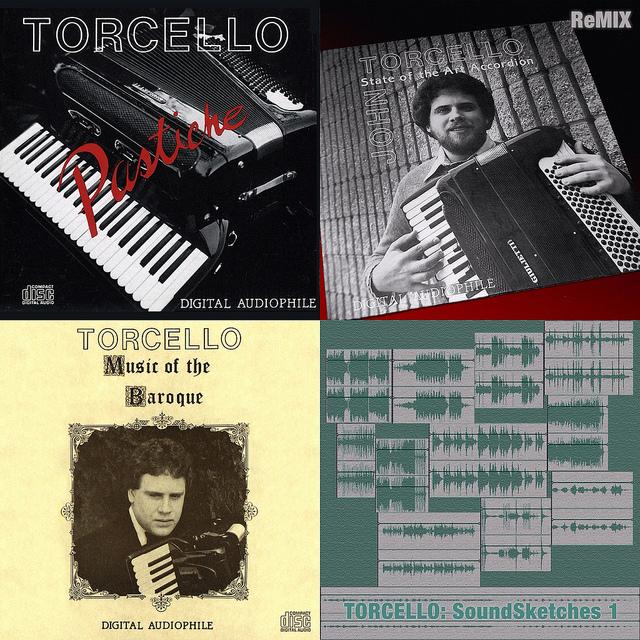
Daily Sundial: When Vaudeville theaters were around prior to the Great Depression, the accordion was a popular instrument. The accordion rapidly began to gain popularity on ‘The Lawrence Welk Show’ with Myron Floren.
John Torcello: In the United States, during the early part of the 20th century, the accordion was very popular. This popularity was based in two reasons. The instrument was portable; and it was an integral part of the cultural folk music heritage of many of the immigrant groups arriving in the country at that time. It’s also true that with the arrival of radio, and later television, the instrument made great leaps in popularity amongst 2nd and 3rd generation immigrant families. The ‘Lawrence Welk Show,’ with both Lawrence and Myron Floren playing the accordion each week, was probably the epitome of bringing the instrument into the living room of thousands of American families each week. Also during this time, on the entertainment night club and concert circuit, large audiences also enjoyed the playing of another very popular accordionist/entertainer of the time, Dick Contino.
DS: You don’t see too many professional accordionists even today.
JT: I would disagree with you here. In the past ten years or so, with the dissolution of record companies as we once knew them, there are countless numbers of accordionists performing all around the country; playing in a multitude of musical styles along with other instrumentalists and singers. Just listen to the number of advertising ‘commercials’ you hear now-a-days that include the sound of an accordion. Any ‘prejudices’ against the instrument, which started with the shift in popularity to the guitar in the early 1960s, have largely disappeared.
DS: What is the first memory that comes to mind when you knew this was your passion?
JT: For me, I knew I had a ‘passion’ for the instrument because of my ‘persistence’ in playing it. I started at age seven and was apparently talented. I won many music festivals and competitions culminating in my winning the ‘Coupe Mondiale’ (World Cup) competition, representing the USA, in Caracas, Venezuela in 1972. Outside the United States, there exists a healthy and growing serious (classical) accordion world. Many contemporary orchestral chamber, and solo works including accordion are being composed and performed worldwide by an ever growing number of classical accordionists.”
DS: Any ‘Weird Al’ accordion stories?
JT: I have met and spent some time with ‘Weird Al’ under circumstances outside the accordion. A few years ago, my brother and I operated our own DVD Compression and Authoring Services business called, speeDVD. This was before it was feasible to create your own recordable DVD-Video discs at home. Al needed a single copy DVD for playback support at one of his live concerts. In a somewhat related vein, Frank Zappa was a personal friend of mine. I would often be invited to drop by the house evenings and we would sit and talk about all sorts of things. I first met Frank after my wife presented him with a copy of my ‘TORCELLO: State of the Art Accordion’ LP recording. A few days later, at home, late in the evening, the phone rang; it was Frank. Within seconds, he was already asking me how I did this or that; how some musical technique was accomplished, etc. A few weeks ago, it was a fitting honor, to have been asked to be part of the orchestra, playing accordion, with the Los Angeles Philharmonic under conductor, Esa-Pekka Salonen, in Frank’s ‘200 Motels’ concert. It was a great success; and, as Frank’s wife Gail said to me, ‘it was about time’ that Frank’s serious music was given its due in this concert held at the Walt Disney Concert Hall.
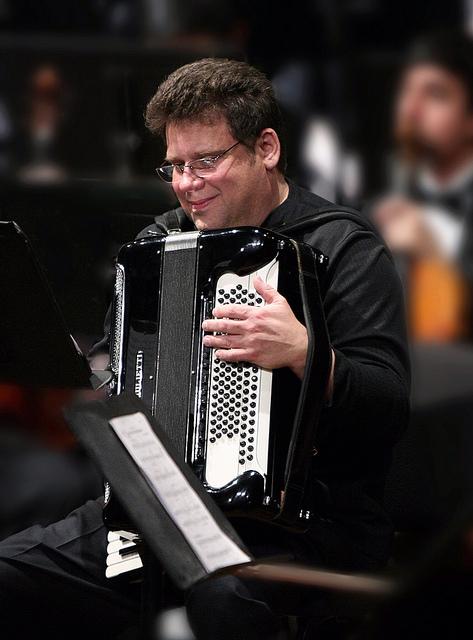
DS: Are accordions delicate instruments? How do you maintain it?
JT: The instrument I play is a little different than the traditional ‘oom-pah-pah’ instrument made popular in the early 1900s and into the 1950s. It is called a free bass accordion; this means the traditional preset chords in the left hand buttons section of the accordion are replaced by separate pitches for each button ascending/descending chromatically over several octaves. In effect, this provides two keyboards – left and right hand – from which repertoire going back to the Baroque and Early Classical periods of western classical music can be played as written. This instrument is relatively heavier than the traditional instrument. Are they delicate? Yes and no…Like all musical instruments, one must handle the instrument with care…too many little things can break with mishandling. But, my instrument dates back to 1971; that’s 40+ years of pretty intense physical abuse. So, in that case, like a good Steinway piano, it is quite robust overall. Occasionally, my accordion is tuned by artisans who have perfected their craft over many years. Basically, it is one of those skills passed from one generation to another. Tuning is of paramount importance for me since I often play with orchestras including the Los Angeles Philharmonic; and being in ‘concert’ tune with the rest of the orchestra is very important.
DS: Tell me about your experience performing with John Williams, Julie Andrews and Monica Mancini at the Hollywood Bowl back in August.
JT: Oh! Those concerts were great fun. I played in only one piece on the program; Henry Mancini’s ‘Finale to Victor/Victoria.’ It was an honor to sit there amongst some of the world’s best musicians in a famous venue like the Hollywood Bowl and to play under the baton of the great John Williams.
DS: When recording during a major motion picture scoring session, do you find it more challenging than performing on stage at a concert hall?
JT: The two experiences, I think, are different, but complementary. In a live concert situation, it is important to extend the musical nuance across time – all in one sitting. You only get one shot at it. In film scoring sessions, you usually play short music ‘cues’ that are later edited together in post-production. This is different from live performance since you need to take into consideration ‘how’ you played a cue earlier that will be concatenated with another subsequently. Also, the microphone is a brutal kind of ‘ear’; it is not forgiving…what you play, how you play it, is set in stone by way of the recording devices capturing the performance. So, it is very important that you are both accurate and musical. Here is where recording is complementary, I think, to live performance; as I tend to apply the same intensity and sensitivity; as if the audience there were themselves microphones catching every nuance of my playing; with precision, ensemble and musicality.
DS: Are there any organizations that you would recommend CSUN music students to get involved with?
JT: You should seek out professionals. See if they would be agreeable to serve as a mentor to you. Learn to be a ‘friendly’ competitor with other musicians seeking the same ends as yourself. Join industry trade groups; attend conferences and concerts whenever and wherever you can. ‘Friend’ related groups you find on FaceBook and LinkedIn. Join the AFM Music Union.
DS: If there was one golden nugget that you wish someone shared with you when you got involved in the entertainment industry, what is it?
JT: You need to decide; are you seeking celebrity? Is fame and fortune what you desire? If so, a very small portion of your time and efforts will involve the ‘art’ of performing. It’s a business first and foremost. But, if you decide to take the harder route; you invest heavily in your art, what you have to say, how you say it, that it contains a new and intangible way of saying something new; then, maybe, just maybe, the celebrity, the fame, the fortune, will come too; not because you sought it out, but because you are truly an artist; and it won’t matter to you whether or not you make a dime, or if anyone ever really knows who you are.
